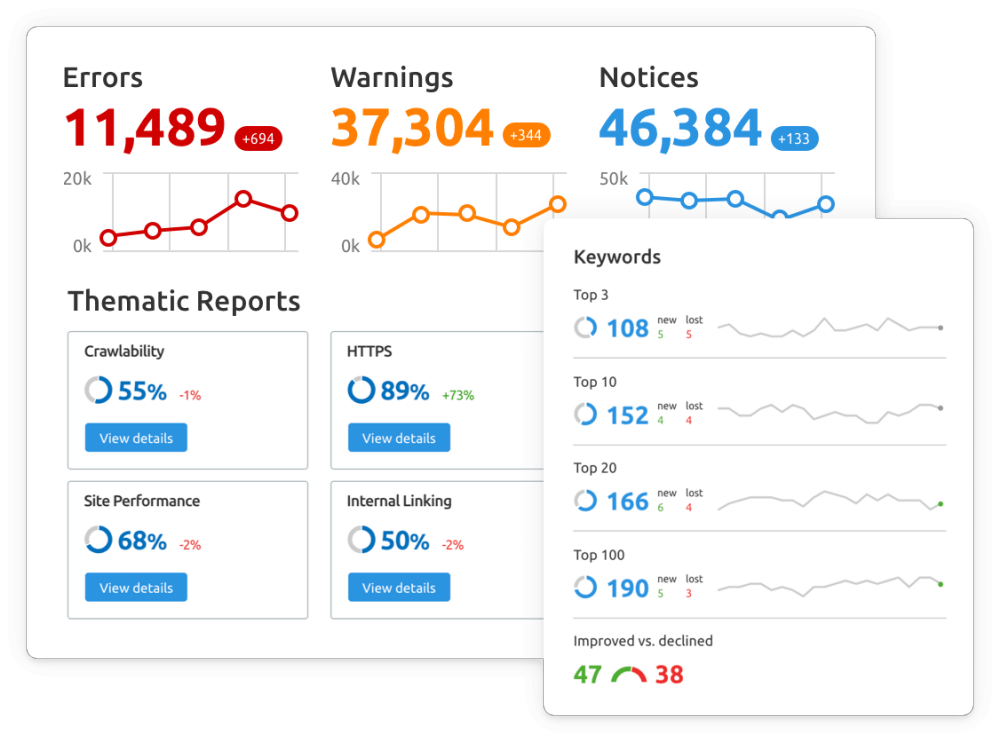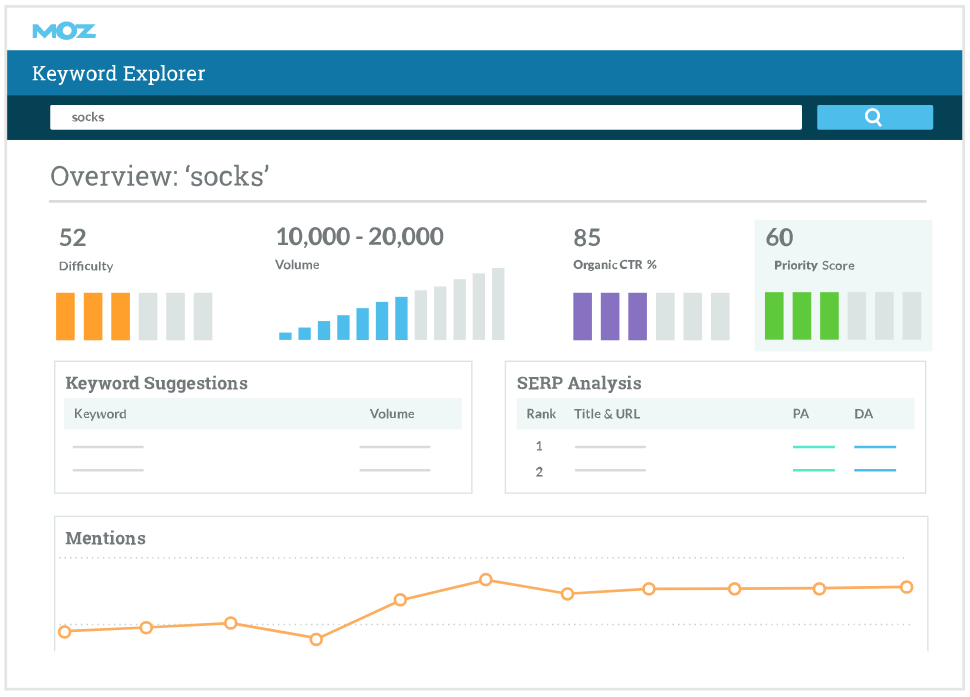
They use project management to ensure that businesses are more successful in delivering their products or services. Not only can they deliver on time, on budget, and on scope, but project management also helps teams and organizations deliver the right product or service that provides real value to its users.
Project management software, like Microsoft Project, is key in helping businesses and their clients align project goals with business goals. By using PM tools, project teams are more likely to follow best practices due to greater visibility, transparency, and accountability. As a result, people do their best on a more open platform.
Since launching in DOS in 1984, MS Project remained Microsoft’s primary enterprise PM product 35 years later. Customers like Aston Martin, ABANCA of Spain, Arauco of Chile, Cascades Canada, and Comptel of Finland are among the over 20M users who rely on MS Project to help them deliver projects, products, or services with greater efficiency, resourcing, and collaboration. However, MS Project is not always the best fit for your project management requirement.
Recommended article: Top 10 Best Project Management Software & Tools
What is Microsoft Project
Microsoft Project is a project management software that helps users execute projects better, allows them to evaluate and optimize their project portfolio, and manages resources and workload more efficiently. Features include timesheets, Gantt charts, project tracking and reporting, integrated task and resource management, and advanced analytics. Several plans are available for both cloud-based cross-platform solutions and scalable on-premise solutions.
Disadvantages and Cons of MS Project
Microsoft Project is one of the earliest project management software. So, it is a mature product that has benefited from countless user feedback over the years. It is a reliable tool sustained and supported by one of the biggest companies in the world, with a great number of tutorials and guides online. However, as more businesses embrace project management, it is evident that not all are keen to take the Microsoft way.
1. It has a steep learning curve
The most common complaint about MS Project is its difficulty learning to use. On average, you may need to go to at least 2 tutorials before you get comfortable using it. It requires significant learning and experience to use it effectively. One of the common reasons SMBs are looking to replace MS Project as their tool is because of the difficulty it poses to new, non-PM, and non-tech users.
2. It’s expensive
Microsoft’s on-premise solutions have a greater number of features compared to their cloud-based version. However, Project Standard 2019 desktop application costs $620 for one license for 1 PC. The Professional and Server editions are more expensive. And to think that these desktop applications do not even have collaboration features.
3. It has limited integrations
Microsoft Project Online is built on top of SharePoint Online. It has limited integrations with other non-Microsoft products. Microsoft Project integrates with Planner easily, which is Microsoft’s task management app. But even Planner does not connect with Project Server. You may have to use Outlook, Skype, or other communication apps from Microsoft for collaboration.
4. Compatibility issues
Microsoft Project files (.mpp) are proprietary, so there are compatibility issues if you need to open a project in another workstation that does not have the software. You must go through extra export/import steps, which adds complexity. The latest MS Project also needs Windows 10 to run the desktop application. There are free Project Viewer apps, but you can only view the project and not edit it.
5. Poor progress visualization
Since most users of MS Project prefer the on-premise solution for its better features, there are also many complaints of the lack of real-time updates to track progress. Desktop apps do not have collaboration features, so it is challenging for users to get the actual progress of tasks getting completed. This will result in more time spent getting updates through other modes of communication or another app.
6. Not the best for agile
MS Project started when project management methods were limited to a traditional waterfall. Only around 2017-2018 did the software introduce tools for tracking projects that use Scrum or Kanban. There was almost nothing added in this area for Project 2019 edition. Therefore, if you plan to implement agile methods or are already doing it, you will be better served by more specific agile PM tools.
7. Incomplete PM solution
If you strictly implement PMBOK practices and recommendations, MS Project may not be sufficient for your organization. Users complain of difficulty using it for cost management. In the same way, they do not find enough or any tool to help them with quality or risk management. So, it always goes back to paying for expensive software that does not provide a complete solution.
8. For general project management only
As a productivity tool, it can help many teams and organizations that need project management software for general PM purposes. However, if you are in the construction industry, for example, or in software development, better options may cater to specific industry requirements. It lacks customization features, too.
Conclusion
Microsoft Project, as part of the MS Office tools, is accessible to Microsoft-centric organizations in their choice of business applications. Therefore, if you use Word or Excel, planning your projects with MS Project will be easy. However, with the introduction of so many new cloud-based PM tools, it is playing catch up but is still a bit behind. For instance, its online versions are not the exact copies of its on-premise tools. So, evaluating your requirements, preferred PM methods, and budget is important before choosing your project management software.





